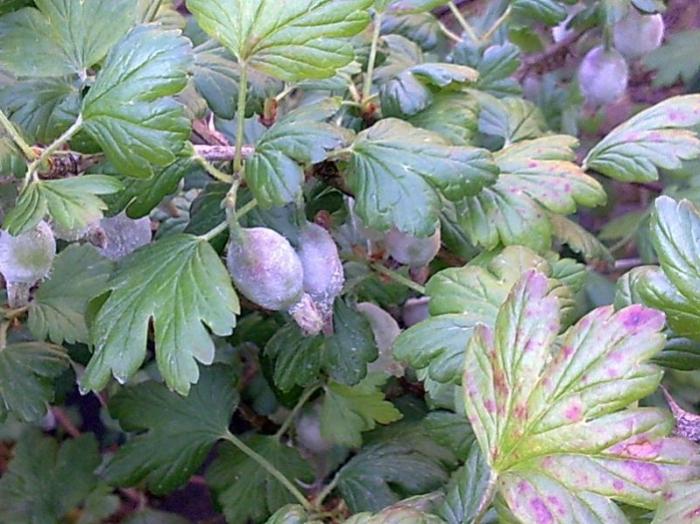Delicious and healthy gooseberry: planting and care
Practically in every garden area you canto meet gooseberries. Planting and caring for him does not require special knowledge, it is enough to take into account several features. In addition, the berries of gooseberry are among the most useful. They remove salts of heavy metals from the body, normalize digestion and pressure.

- "Kolobok" is a rather old variety, but to this daythe day shows excellent results. Has a pleasant taste of red berries. Thorns are not very prickly and small - this is particularly pleasing in a culture such as gooseberry. Planting and caring for him are no different from other varieties. The only drawback is the tendency to thicken the bush, which is easily corrected with the help of a pruner.
- "People's" - is characterized by rapid growth, alreadyIn two years you will be able to harvest a full harvest of delicious red berries. In addition, its berries have an increased content of vitamin C. And on shoots a small number of thorns.
- "The Ural Emerald" is a beautiful green fruitvariety. Good in all - and yield, and excellent taste of berries, and resistant to disease, and pests do not particularly like it. But there is one problem - too prickly.
- "Beryl" - has the most delicious berries of yellow-green color, with proper care they reach 9 grams. This variety is also pleased with a small number of thorns.
Uncomplicated gooseberries: planting and care

It is best to plant gooseberry in the period from the middleSeptember to early October. In a one-year-old seedling, the ground part consists of one shoot, a two-year-old must have 2-3 shoots. A good seedling has 3-5 skeletal roots (10-15 cm), and the fibrous roots are well developed.
The pit for planting is prepared in advance. It is excavated in a circular shape 0.5 m deep and 0.5 m in diameter, while the fertile layer of the earth is discarded separately from the underlying.

I would also like to note that this shrubis self-pollinating, but it is much better if there are several shrubs on the site, as the yields are higher in cross-pollination. Form the crown of this plant must be constantly. Pruning of gooseberries occurs annually, all patients are cut out, dry and weak shoots. Leave only the most powerful radical branches. The distance between them should be about 15 cm. If you consider trimming by years, then it looks like this:
- In the first year, all shoots are shortened right next to the ground, only 2-3 buds are left.
- In the second year, all shoots shorter than 20 cm, as well as those that are located close to the ground, are removed. Strongly inclined branches are cut to 10-12 cm.
- For the third year the bush becomes powerful and well-formed, so it only needs to be weeded out.
- In the fourth and fifth year only those twigs that grow too close to the earth are removed.
- In the following years, the pruning is strengthened, since branches older than 6 years will already appear.
</ p>




